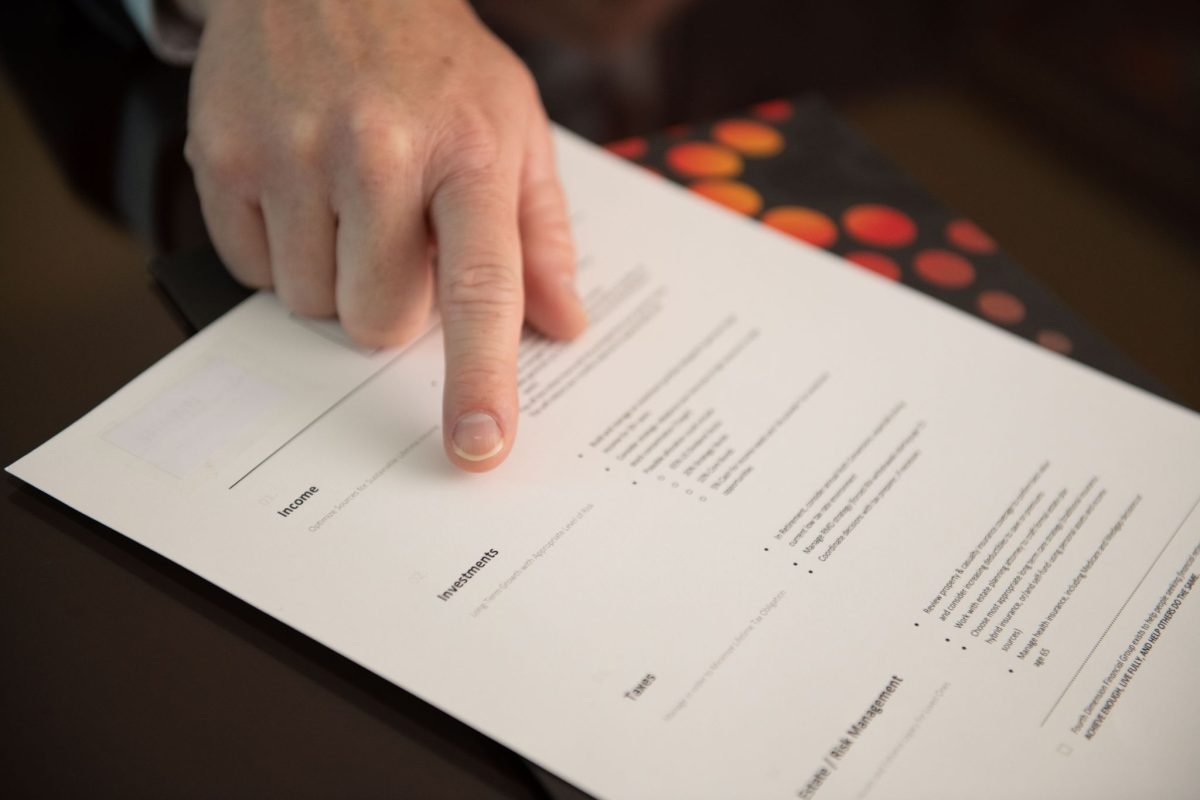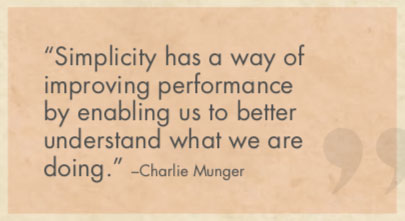 Written by Stephen L. Hanley, Investment Strategist
Written by Stephen L. Hanley, Investment Strategist
Evergreen Wealth Management
‘Real Risk’ to us takes two basic forms:
- The RISK of permanent loss of capital
- The RISK of inadequate return relative to your planning needs
If you invest money for the future and need to use the money in 5, 10, 20, or 30 years, then the real risk to you is relative to the amount needed in future years to complete your objective. What happens between now and then should theoretically be of little consequence. Unfortunately, the biggest mistake many investors make is allowing emotion to change the framework of real risk. We aim to keep it clear and simple.
Let’s use bond investing as a way to better understand real risk in a practical and simple manner; specifically, the concepts of maturity and interest payments. Here are three examples to consider:
- If you choose to invest money now that you’ll need in five years, perhaps you invest into a five-year bank CD with a set interest rate. In exchange for allowing the bank to use your money, you’ll receive a set amount of payments each year from the bank. Five years later, when the CD matures, you’ll receive your full initial investment back, in addition to all of the promised interest payments you’d received. So, what’s the real risk?
- Perhaps you need money 10 years from now and decide to invest your money in a 10-year bond. Like with a CD, the bond pays you a set interest rate for lending your money and trusting the bond issuer (corporation, government, etc.). In addition to the interest received each year, in 10 years you’ll receive your full initial investment back upon maturity of the bond. Again, what’s the real risk?
- Consider a scenario where you don’t need access to some money for 30 years. You do some research and choose to buy shares in the Coca-Cola Company. They pay shareholders a 3.3% dividend each year from the profit they earn. As a shareholder for 30 years, you will have collected 30 years worth of dividends in addition to maintaining ownership of your Coca-Cola shares of stock at some market value. In a way then, you can think of the stock as having a 30-year maturity. Again, what is the real risk?
The REAL Risk
All three examples exhibit the same REAL risk: the potential for the business backing the investment to fail outright or to fail on its promise to pay the expected payments. You choose to either trust the bank backing the CD, or the government to back its bond, or a company backing its stock. In all cases, the real risk of investing is the ability for the entity you’re trusting to fulfill its obligations. Diversification then, is the main tool available to spread out the risk of any single institution failing to back its promises, which would lead to the loss of your investment or not meeting your expectation for adequate returns.
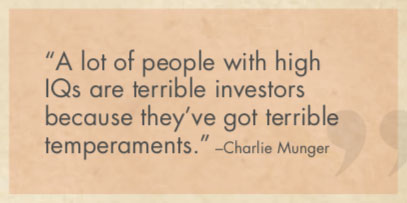
The Great Deception
What would happen if we had a complete system meltdown similar to 2008? Looking at our three examples above, we might expect to see real life scenarios of real risk playing out over time. Coca-Cola endured the meltdown and is still paying dividends to shareholders while the stock is at all time highs. The bonds paid all of the interest owed and have since matured, while the CDs paid all promised interest and fully matured as well. The ‘Great Deception’ about the risks of investing in stocks then is actually a false safety in cash, CDs, and bonds. While these investments are all key ingredients for shorter-term needs in a well-built financial plan, their ‘real risk’ is not different than with stocks!
Case-in-point: had 2008 continued into a full depression, and been left unchecked by central banks similar to the Great Depression of the 1930s, then we would’ve likely seen Coca- Cola eventually cut their dividend to zero, bonds would’ve likely defaulted, and many banks would’ve shut their doors leaving CD owners without their payments or principle. Insurance companies would’ve been at risk as well, since their portfolios are backed by bonds, stocks, and banks. In a nutshell, the interconnected system (built on the foundation of companies and employees) means all institutions share similar risks in the face of a Great Depression-like scenario.
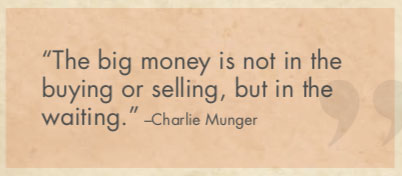
It’s popular to claim that the lowest risk option in our above examples would be the bank CD. While this is absolutely true for those needing money in the next five years, it’s not true from an absolute risk perspective. If the economy gets bad enough, however, all the investments above share the same REAL risk – Systemic Risk.
Investment Takeaway
A well-built financial plan will match your need for money with the timeframe with which you need it, while diversifying among asset types. Building the plan in accordance with a long-term horizon is key. The Real risk for each component is very, very low if each is held to maturity. Worrying about the shorter-term (before maturity), and making significant moves will generally hurt your success (unless we are moving to capture opportunities).
Making drastic moves from stocks to bonds or cash does
not help reduce ‘real risk’, but most certainly can damage expected returns. If our fear is an ultimate long-term meltdown—and not having money when we need it—then moving to bonds or cash would’ve all met the same demise during the depression. However, owning stocks has delivered superior returns in the long-term. If we’re interested in having a solid investment strategy for 30+ years, then emotional responses based on short-term concerns should be guarded against, while keeping the realities of ‘real risk’ top of mind.
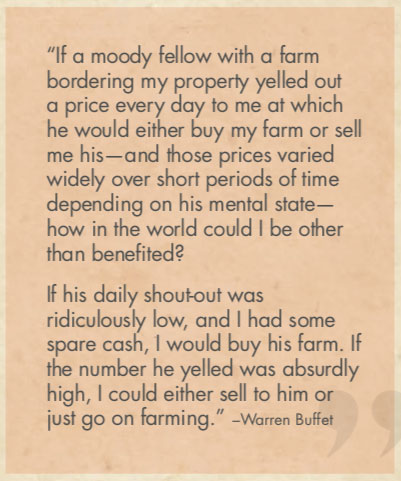
Recent Articles

Show Your Work: Why Transparency Matters in Retirement Planning

Unlocking the Mystery of Income Taxes

Social Security Strategy: Do You Have One?

Pension Decision: Just One Critical Piece of Information Is Needed to Decide
